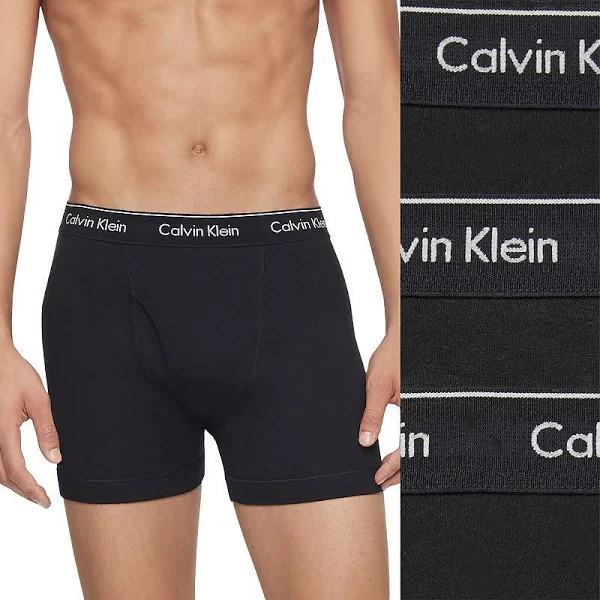N316: Hydration and Homeostasis
1/22
There's no tags or description
Looks like no tags are added yet.
Name | Mastery | Learn | Test | Matching | Spaced |
|---|
No study sessions yet.
23 Terms
Sodium (Na+)
135-145 mEq/L
Potassium (K+)
3.5-5.3 mEq/L
Calcium (Ca2+)
8.5-10.5 mg/dL

magnesium (mg2+)
1.6-2.6 mEq/L


chloride (Cl-)
95-105 mEq/L
phosphate (PO4-)
2.5-4.5 mEq/L

bicarbonate (H2CO3-)
22-26 mEq/L

Complete blood count (CBC)
RBCs + WBCs + platelets + hemoglobin
hematocrit: % of whole blood that is RBCs
more fluid = less room for RBCs (∴ inverse b/w fluid and hematocrit)
females: 37-47%
males: 42-52%
basic metabolic panel (BMP)
electrolytes, BUN (blood urea N) and Crt (kidney function), glucose
comprehensive metabolic panel (CMP)
BMP + albumin + ALP + ALT + AST + bilirubin
serum osmolality
measure [solute] in blood (fluid/volume balance)
high = fluid volume deficit
low = fluid volume excess
urine osmolality
[solute] of urine
24 hr specimen collection
discard 1st morning specimen, collect clean-catch 2 hours later
Measuring I/O: Fluid intake
ORAL (preferred)
drinks, soups, broths
meds
PARENTERAL
IV fluids
Fluid restriction interventions
no liquids w/ meals
limit thirst-inducing foods
keep liquids away from bedside (ice chips OK)
oral hygiene
diversional activites
Parenteral/IV Solutions
Admin of fluids, electrolytes, meds, or nutrients by venous route
↑ vasc volume
aseptic technique
CAUTIs not medicare reimbursed!
isotonic: remain in intravascular compartment
hypotonic: body H2O EXITS intravascular compartment
hypertonic: body H2O ENTERS into intravascular compartment
normal blood osmolality
275-295 mOsm/kg
isotonic IV solution
250-375 mOsm/Kg
USES
hypotension (so blood stays/doesn’t rush out and make u pass out)
hypovolemia (keep fluid volume in place)
EXAMPLES
0.9% NaCl (normal saline)
lactated ringers
NURSING CONSIDERATIONS
fluid stays in ❤ → ❤ overloaded (heart failure) ∴ closely monitor!!!

Hypotonic IV solution
< 250 mOsm/kg
USES
hyperglycemia (so excess sugar EXITS)
EXAMPLES
DSW
≤ 0.45% NaCl (1/2 normal saline)
NURSING CONSIDERATIONS
Rapid fluid shift → cerebral edema → excess cranial pressure (∴ admin SLOWLY!!!)

Hypertonic IV Solution
solution mOsm > serum
USES
volume expander (water follows solute into vasc compartment)
blood loss (reduce solute loss even while fluid is exiting)
major burns (promote circulation of blood to area ∴ healing)
EXAMPLES
D5NS, D51/2NS
D5LR
3, 5% NaCl (critical situations)
D10W, D20W

Peripheral Vascular Access Device
Vascular Access Device (VAD)
gauge # inv needle opening diameter
Butterfly needle: short, beveled needle w/ flexible plastic straps
single-dose (DON’T LEAVE IN PLACE)
blood draws
Midline Peripheral Catheter: insert into antecubital fossa → larger arm BVs
5-14 days life
Peripheral intravenous lock (PIV): inserted into vein
PVAD assessment
SUBJECTIVE DATA
Demographics: age, sex, height, BMI
Hx: kidney disease, HTN, diabetes, thyroid issues
Current concerns: fever, polydipsia, limited urine swelling, weight fluctuations
I/O: average fluid intake per 24 hr, special diet, added salt/sugar
Fluid Elimination: frequency, nocturia, wounds/drainage
Meds: OTC, Rx
Lifestyle: activity level, substance abuse
OBJECTIVE DATA
Skin: moisture, turgor, edema (1-4)
Mucous Membranes: tongue turgor, dryness
CV System: orthostatic hypotension, cap refill, venous filling
Respiratory system: crackles, moist rales
Basic Metabolic Panel (BMP)
Daily weights
Pulse
K+, Mg2+ imbalances → dysrhythmia
fluid volume deficit → tachycardia
Central Venous Access Device (CVAD)
Inserted into subclavian or internal jugular vein (major veins)
TYPES
peripherally inserted central catheter (PICC)
non-tunneled central venous catheters
tunneled central venous catheters
implanted ports
USES
admin highly irritating products more directly
long-term infusion
parental nutrition, blood draws, lumens
✅: ↓ phlebitis, extravasation, and infiltration risk
NURSING CONSIDERATIONS
CLABSI risk
Intervention: patient education, hand hygiene, sterile insertion, chlorhexidine treatment, daily review, etc.
requires consent
must check placement w/ radiography
air embolus or dysrhythmia
intervention: avoid BP or blood draws on extremity w/ port placement
IV Complications
Hematoma: localized mass of blood outside the BV
cause: nicked vein
intervention: pressure on vein when discontinuing IV (prevent leaks)
Infiltration: NON-HARMFUL IV fluid leaks into surrounding tissue → swelling, burning sensation
cause: dislodged IV
intervention: stop infusion ASAP, NO pressure on area, elevate affected arm (promote excess fluid absorption)
Extravasation: HARMFUL IV fluid leaks into surrounding tissue → blanching, pain
cause: dislodged IV
intervention: stop infusion ASAP, admin antidote, elevate affected arm
Phlebitis: vein inflammation
causes: irritation, vessel trauma, low flow rate
intervention: discontinue IV/restart elsewhere, warm to cold compress, use SMALLEST possible gauge
Thrombophlebitis: thrombosis and inflammation
causes: hypertonic/acidic IV solution, leg IV
interventions: STOP IV/restart elsewhere
Local infection: m/o contamination of cannula/IV site
causes: leaving same cath for 96+ hours, poor aseptic technique
interventions: remove IV, apply sterile dressing, admin antibiotics
Nerve Injury
direct: sharp/acute pain @ site/radiating on arm (pins/needles) that persists post-removal
compression: pain/tingling 24-96 hours post-insertion
Septicemia: m/o in circulatory system → high WBCs, tachy, fever, chills, etc.
Fluid overload: too much/too fast IV admin → edema, crackles distended neck vein
interventions: high Fowler’s position, diuretics, admin O2 if needed
Air/cath embolus: air/cath piece inside IV tube → sudden Δ in mental status, light-headedness
interventions: L Trendelenburg position